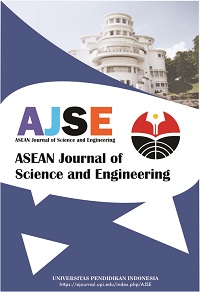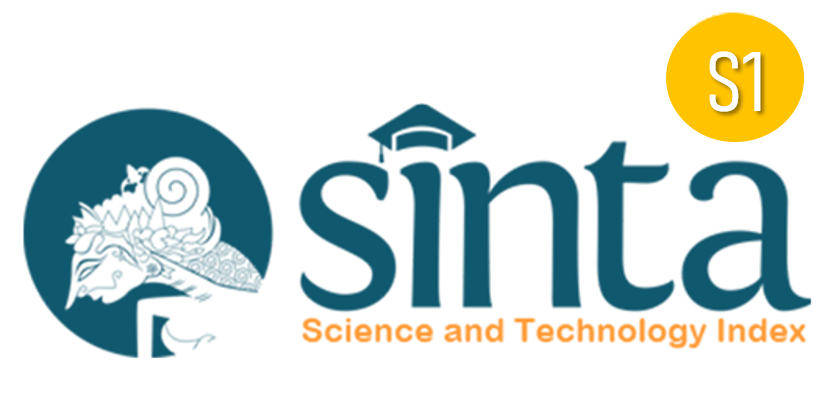Frequent Items Mining on Data Streams using Matrix and Scan Reduced Indexing Algorithms
Abstract
Keywords
Full Text:
PDFReferences
Agrawal, R., and Srikant, R. (1994, September). Fast algorithms for mining association rules. Proceedings of the 20th International Conference on Very Large Data Bases, VLDB, 1215, 487-499.
Anand, S. S., Patrick, A. R., Hughes, J. G., and Bell, D. A. (1998). A data mining methodology for cross-sales. Knowledge-Based Systems, 10(7), 449-461.
Basu, A. (1998). Perspectives on operations research in data and knowledge management. European Journal of Operational Research, 111(1), 1-14.
Chan, C. C. (1998). A rough set approach to attribute generalization in data mining. Information Sciences, 107(1-4), 169-176.
Goulbourne, G., Coenen, F., and Leng, P. (2000). Algorithms for computing association rules using a partial- support tree. Knowledge-BasedSystems, 13(2-3), 141-149.
Griffin, G., and Chen, Z. (1998). Rough set extension of Tcl for data mining. Knowledge-Based Systems, 11(3-4), 249-253.
Ha, S. H., and Park, S. C. (1998). Application of data mining tools to hotel data mart on the Intranet for database marketing. Expert Systems with Applications, 15(1), 1-31.
Han, J., and Fu, Y. (1999). Mining multiple-level association rules in large databases. IEEE Transactions on Knowledge and Data Engineering, 11(5), 798-805.
Han, J., Pei, J., Yin, Y., and Mao, R. (2004). Mining frequent patterns without candidate generation: A frequent-pattern tree approach. Data Mining and Knowledge Discovery, 8(1), 53-87.
Kaski, S., Honkela, T., Lagus, K., and Kohonen, T. (1998). WEBSOM–self-organizing maps of document collections. Neurocomputing, 21(1-3), 101-117.
Mittal, A., Nagar, A., Gupta, K., and Nahar, R. (2015). Comparative study of various Frequent Pattern Mining algorithms. International Journal of Advanced Research in Computer and Communication Engineering, 4(4), 550-553.
DOI: https://doi.org/10.17509/ajse.v3i2.45345
Refbacks
- There are currently no refbacks.
Copyright (c) 2022 Universitas Pendidikan Indonesia

This work is licensed under a Creative Commons Attribution-ShareAlike 4.0 International License.












